Symbiosis meaning in interspecies interactions
Symbiosis meaning in interspecies interactions is any type of a close and long-term biological interaction between two different organisms be it a parasitism, mutualism or commensalism relationship.
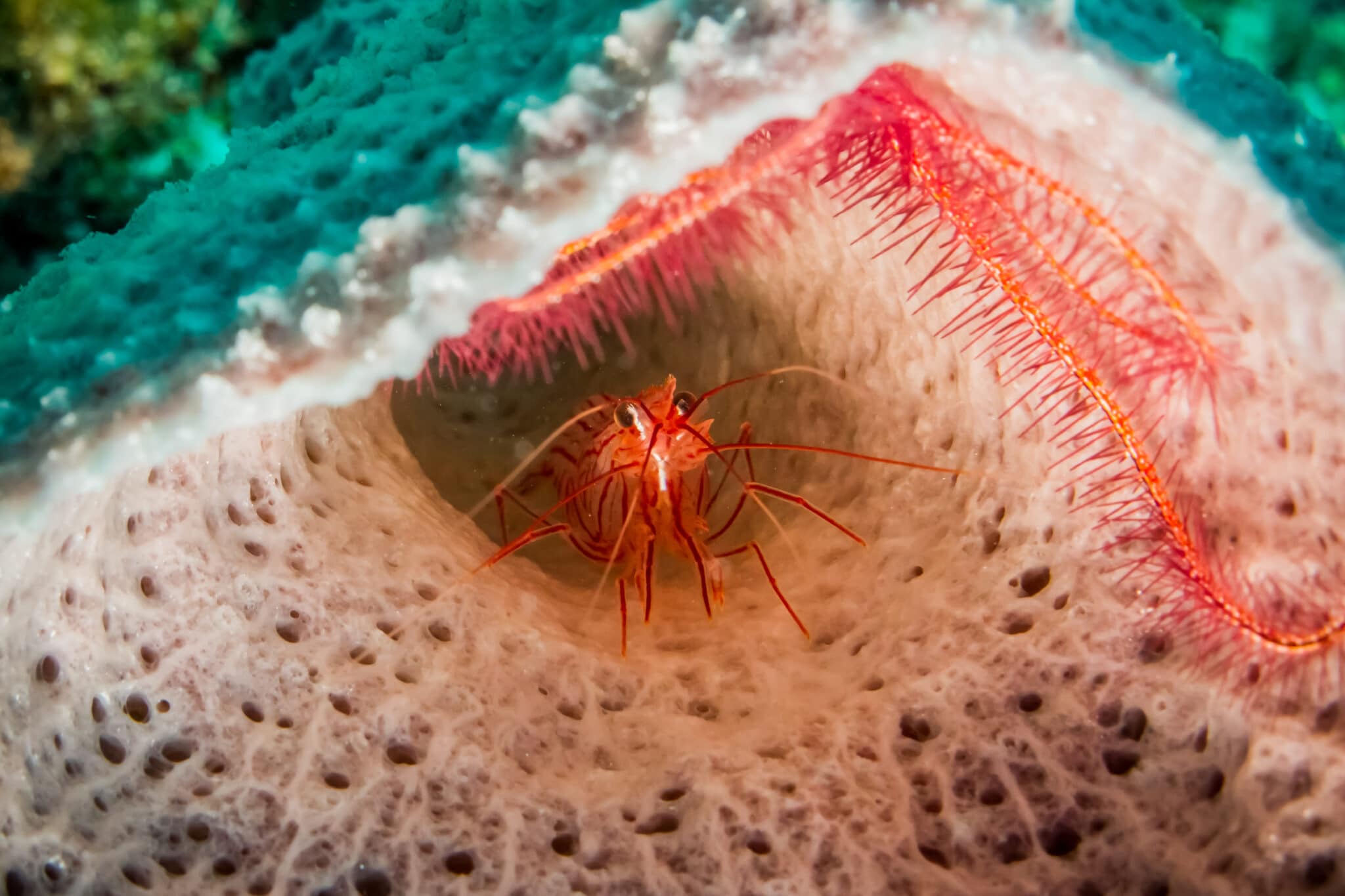
Symbiosis meaning in interspecies interactions is any type of a close and long-term biological interaction between two different organisms be it a parasitism, mutualism or commensalism relationship.
The problem with the word symbiosis is that, although it encompasses all types of close long-term interactions, many times is only used to describe positive mutualistic relationships.
Lichens formed between fungi and green algae or cyanobacteria are an example mutualistic symbioses where both individuals benefit from the relationship.
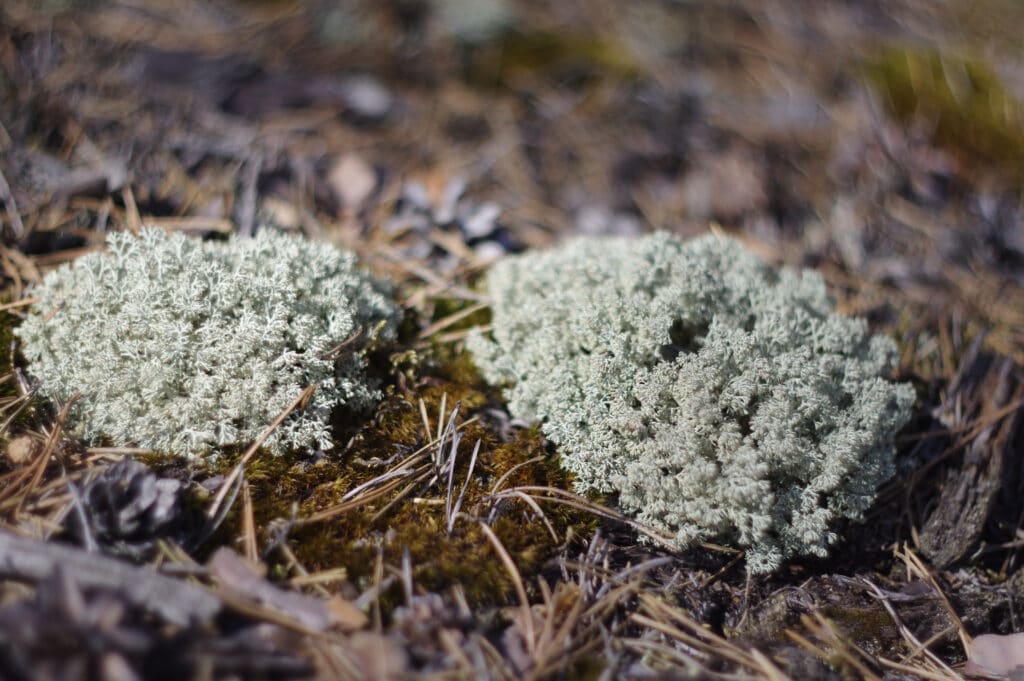
Corals are another example of a mutualistic symbiotic interaction where the colonial cnidarian polyps get most of their energy and nutrients from the photosynthetic unicellular Symbiodinium dinoflagellates that live within the polyps tissue.
These are commonly known as zooxanthellae and gives the coral color.
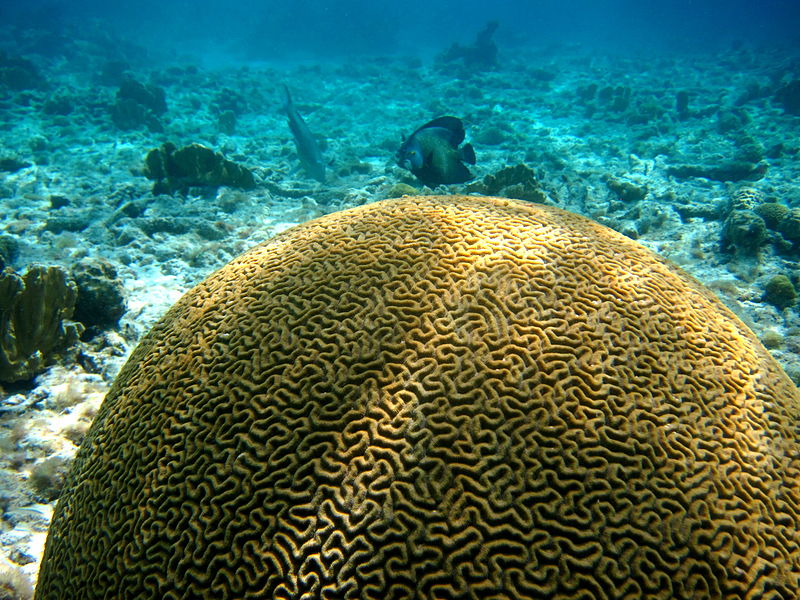
Mycorrhiza is a symbiotic mutualism between fungi and the roots of plant species.
The fungi help the plants get the nitrogen they need while the fungi receive part of the carbon products produced by the plant. It has been suggested that 80% of vascular plants form relationships with mycorrhizal fungi.
Yet the mycorrhiza symbiotic relationship can turn parasitic when the environment of the fungi is nutrient rich, because the plant no longer provides a benefit. Thus, the nature of the interactions between two species is often relative to the abiotic conditions and not always easily identified in nature.
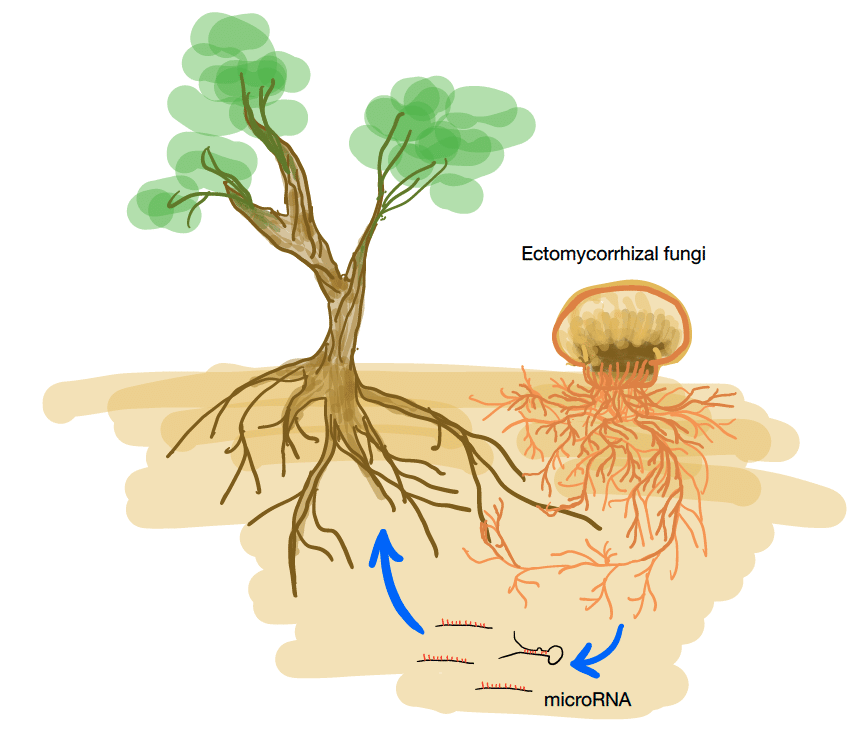
Symbiosis meaning in interspecies interactions
An example of parasitic symbiotic relationships are microorganisms such as Wolbachia species that manipulate the reproduction of their arthropod hosts.
One way Wolbachia manipulates its host is by cytoplasmic incompatibility, where both male and female hosts must have the same symbiont strain in order to produce viable offspring.
By killing the offspring from uninfected females, Wolbachia increases the relative fitness of infected females and enhances its chances to spread in the host population. Wolbachia is now being used for mosquito population control to decrease human diseases such as Dengue.
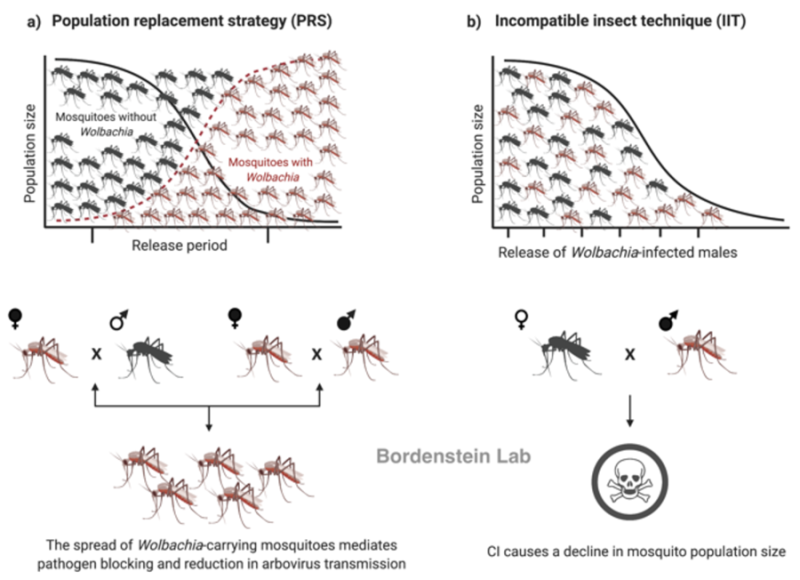
Symbiotic relationships are a very common phenomenon in tropical marine environments, yet these relationships can be mutualistic, commensal or parasitic; sometimes it is unclear the nature of the relationship.
The host can provide its associate with a refuge and protection from predators, but some symbiont species even feed directly upon their host. Parasites of the subclass Branchiura suck blood or tissue fluids from their fish and amphibian hosts.
In contrast, some shrimp species are cleaners of certain reef-fish species, controlling the fishes’ gill, oral and external parasites.
Species of the genus Periclimenes living with sea anemones feed from their host’s tentacles. In many filter-feeder hosts, the endo-symbiont may feed on the host’s mucus with its entrapped detritus.
Pea crabs feed on the food accumulated on the bivalve gill mucus. The ecto-symbiont Cuapetes tenuipes was also observed feeding on its coral host’s mucus.
Athanas symbiont species living with sea urchin hosts have been observed consuming algal fragments, similar to their host. Crabs living in the rectum of their sea urchin hosts were found to feed on the urchins’ living tissues and feces.
Other crabs have been observed near or inside the cloacal cavities of several species of holothuroids, without harming to their hosts.